Tire Feathering vs Cupping: Causes, Effects, and Prevention
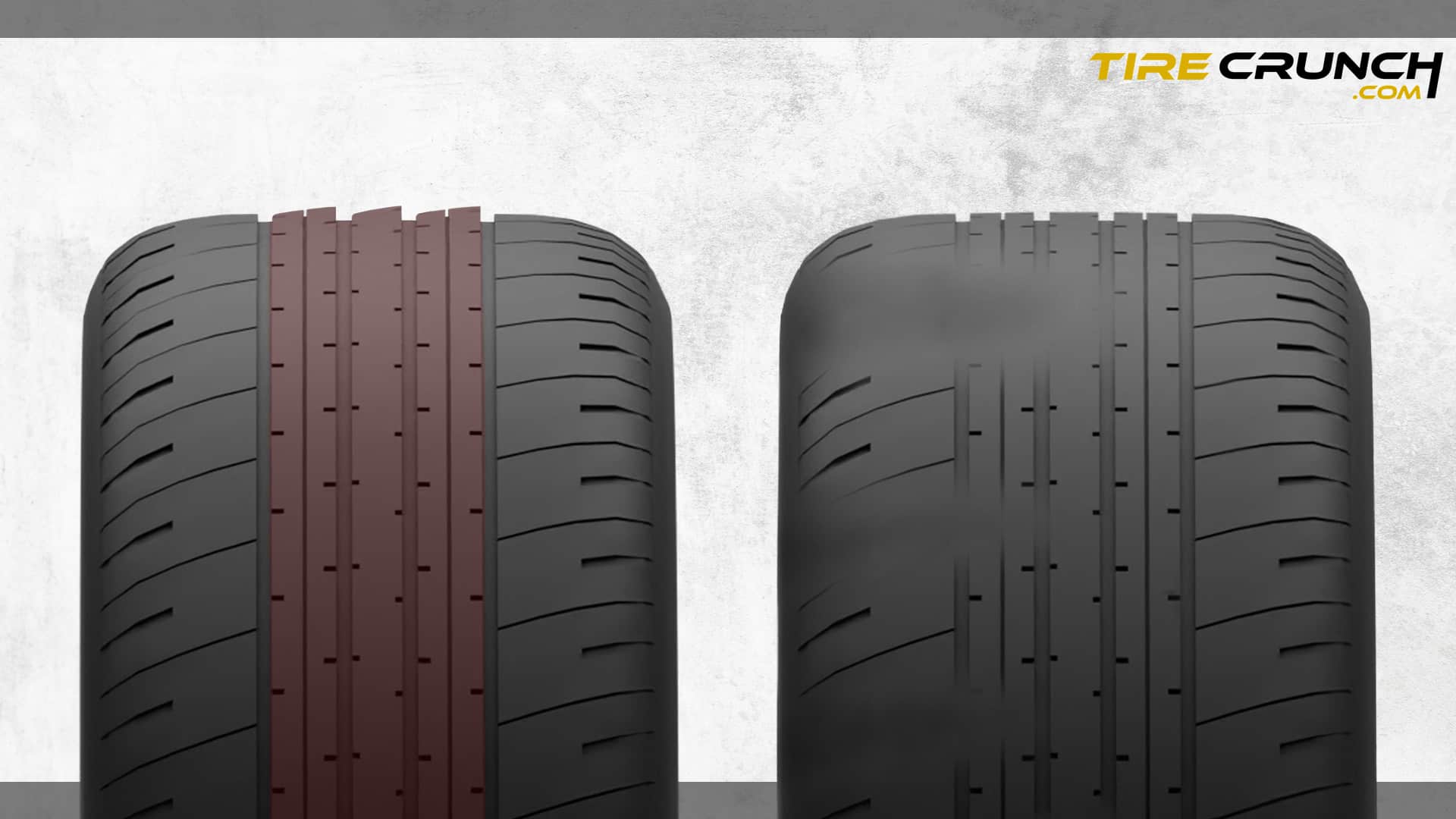
Are your tires looking a bit shabby lately? Do they have feather-like patterns or cup-like shapes on the surface? Then it’s time to read this article about tire feathering and cupping.
In this article, we’re discussing two of the most common tire wear patterns that can affect your vehicle’s performance. We’ll explain how to recognize these wear patterns, their effects on your car, and how to prevent or solve them.
Key Takeaways
Understanding Tire Feathering
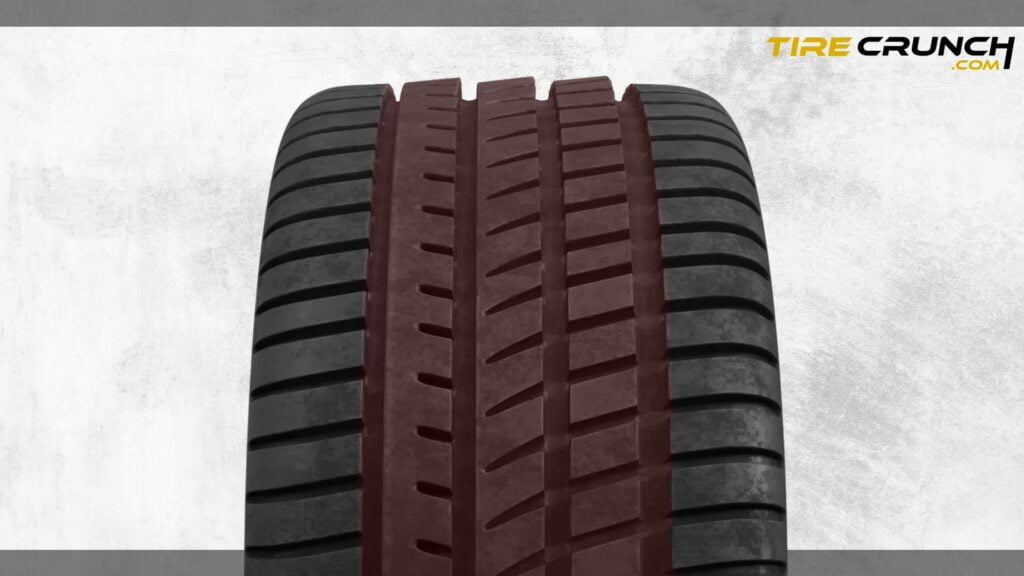
Tire feathering is characterized by a thinning or fraying of the tread blocks along the edges of the tire. The pattern almost looks like feathers extending out from the edge of the tire.
Feathering occurs when the tread has been overly worn on one side due to irregular wheel alignment, worn shock absorbers, or defective steering components.
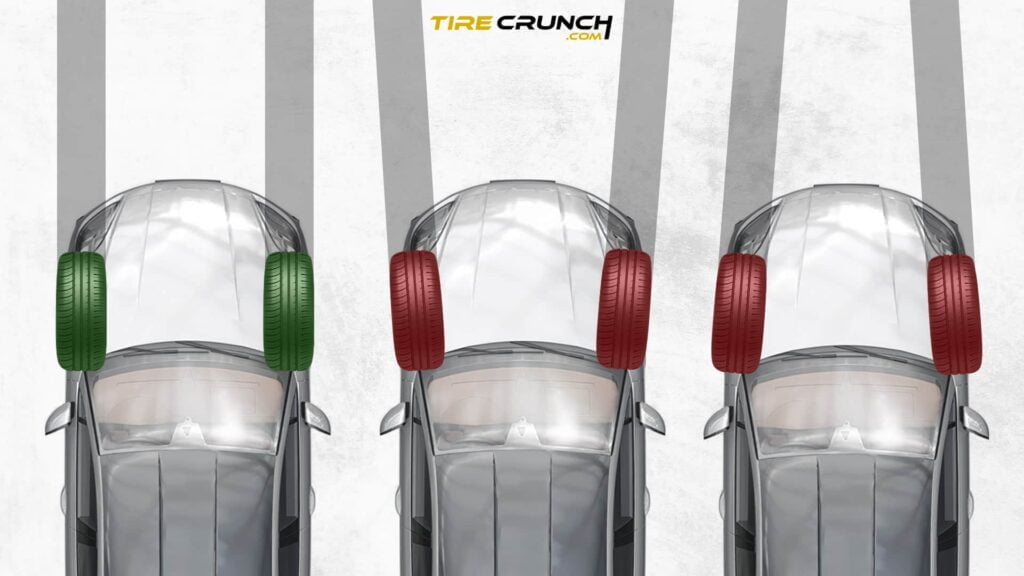
Signs of feathering
One of the most obvious tire feathering symptoms is the feather-like pattern on the edge of the tire. In some cases, these effects may include shimmying or vibrations at certain speed ranges, or reduced grip in wet conditions.
Effects of tire feathering on vehicle performance
The most noticeable effects are decreased handling and performance capabilities due to reduced contact between the tire and the road surface.
This can lead to an increase in the braking distance of the vehicle, as well as reduce grip in wet conditions. In addition, tires with feathered tread blocks may lead to shimmying or vibrations at certain speeds.
Prevention and solutions for tire feathering
To prevent tire feathering, it is important to maintain proper tire inflation and ensure adequate wheel alignment. Additionally, it is important to regularly check your vehicle’s suspension components as worn or faulty suspension parts can contribute to irregular tire wear.
Understanding Tire Cupping
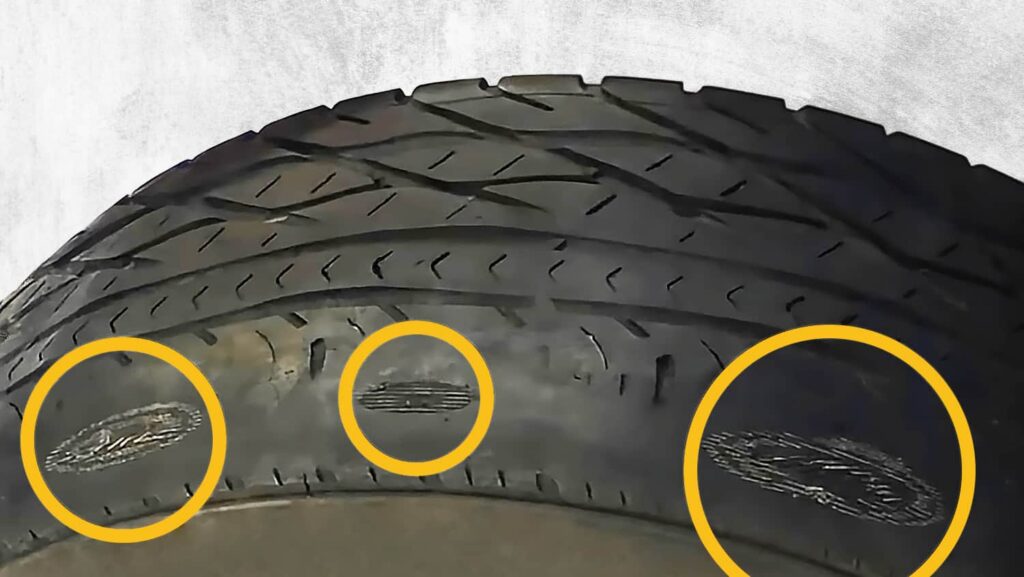
Tire cupping is a phenomenon in which irregularities in the shape or tread of a tire’s surface form small depressions, commonly referred to as “cups.”
Worn suspension components, such as shock absorbers, struts, and bushings, can cause tire cupping due to their inability to properly absorb road bumps.
This bouncing creates points of uneven pressure on the tire’s tread surface, which eventually causes the tread to wear down unevenly and cup.
Signs of tire cupping
Signs of tire cupping include a noticeable uneven wear pattern, increases in noise and vibration levels, and uneven tread depth. It is possible to feel the irregularities on the tire’s surface if you run your hand over the area of concern.
Additionally, when inspecting the tires for signs of cupping you should look for any dips or bumps that may have formed in the tread.
Effects of cupped tires on vehicle performance
If left untreated, tire cupping can lead to reduced grip and increased wear on other parts of the car such as suspension or brakes.
It may also cause an increase in fuel consumption due to reduced grip and increased energy required to maintain speed.
The most significant effect is likely to be an increase in stopping distance as the tires can no longer effectively absorb deceleration energy efficiently.
Prevention and solutions for tire cupping
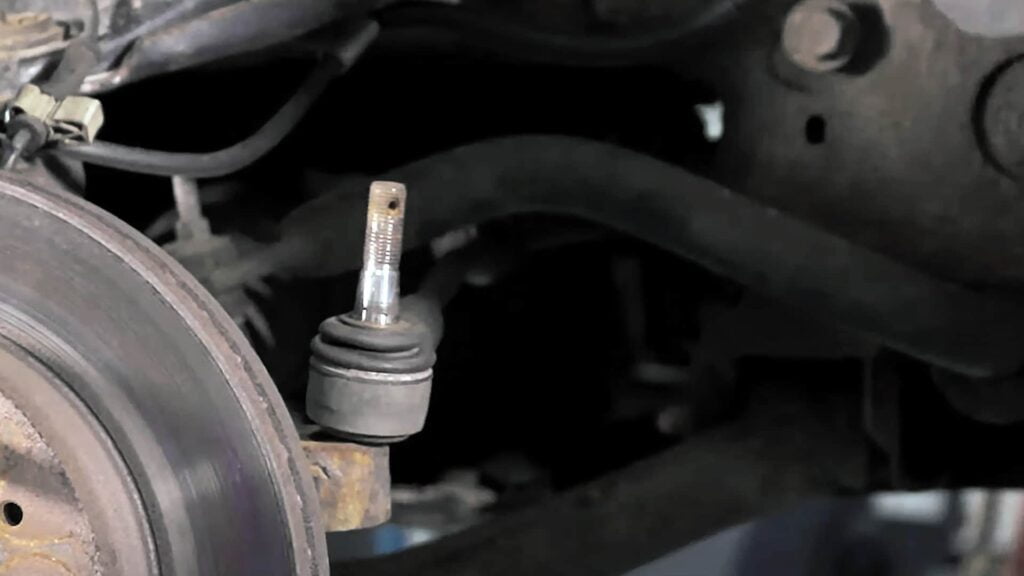
Tire cupping can be prevented and solved by addressing the suspension issues of the car/trailer.
Additionally, it’s important to regularly check the tire pressure, inspect the tires for signs of wear and tear, and perform necessary maintenance such as wheel alignment and tire rotation.
Importance of Addressing Feathering and Cupping
Generally speaking, tire cupping leads to more serious problems with car performance and should be resolved sooner than later.
The impact of ignoring feathering and cupping
If you allow tire feathering and cupping to persist, it can cause accelerated tire wear and reduced traction. This could result in:
It is important to address tire feathering or cupping as soon as possible to prevent further damage to the tires and ensure optimal performance on the road.
Cost of neglecting tire wear patterns
Neglecting irregular tire wear patterns can be a costly mistake. If left unaddressed, the uneven surface of the tire will cause increased friction between the road and the tire surface, leading to accelerated wear and possibly a blowout if neglected for too long.
Related Reading: Tire Cupping | GoodYear.com
Conclusion
In conclusion, feathering and cupped tires can cause dangerous driving conditions if left unchecked. Regular tire maintenance checks should be done to reduce the risk of accidents due to decreased traction and stability.
Taking care of your tires can help you avoid costly replacements and ensure that your vehicle is always in top condition while on the road.
Additionally, avoiding uneven tire wear patterns like feathering and cupping can help prolong the life of tires and keep them in optimal condition for as long as possible.
